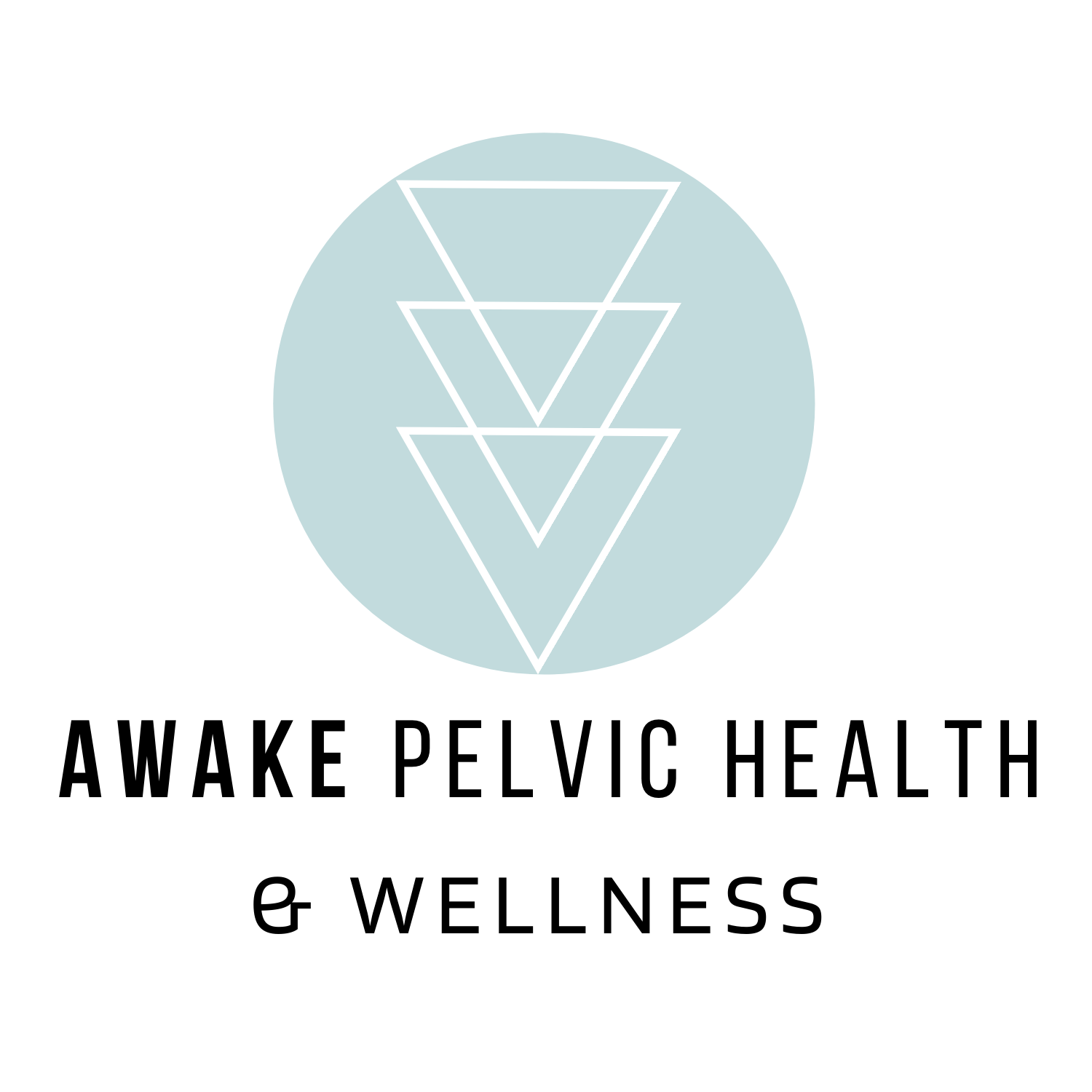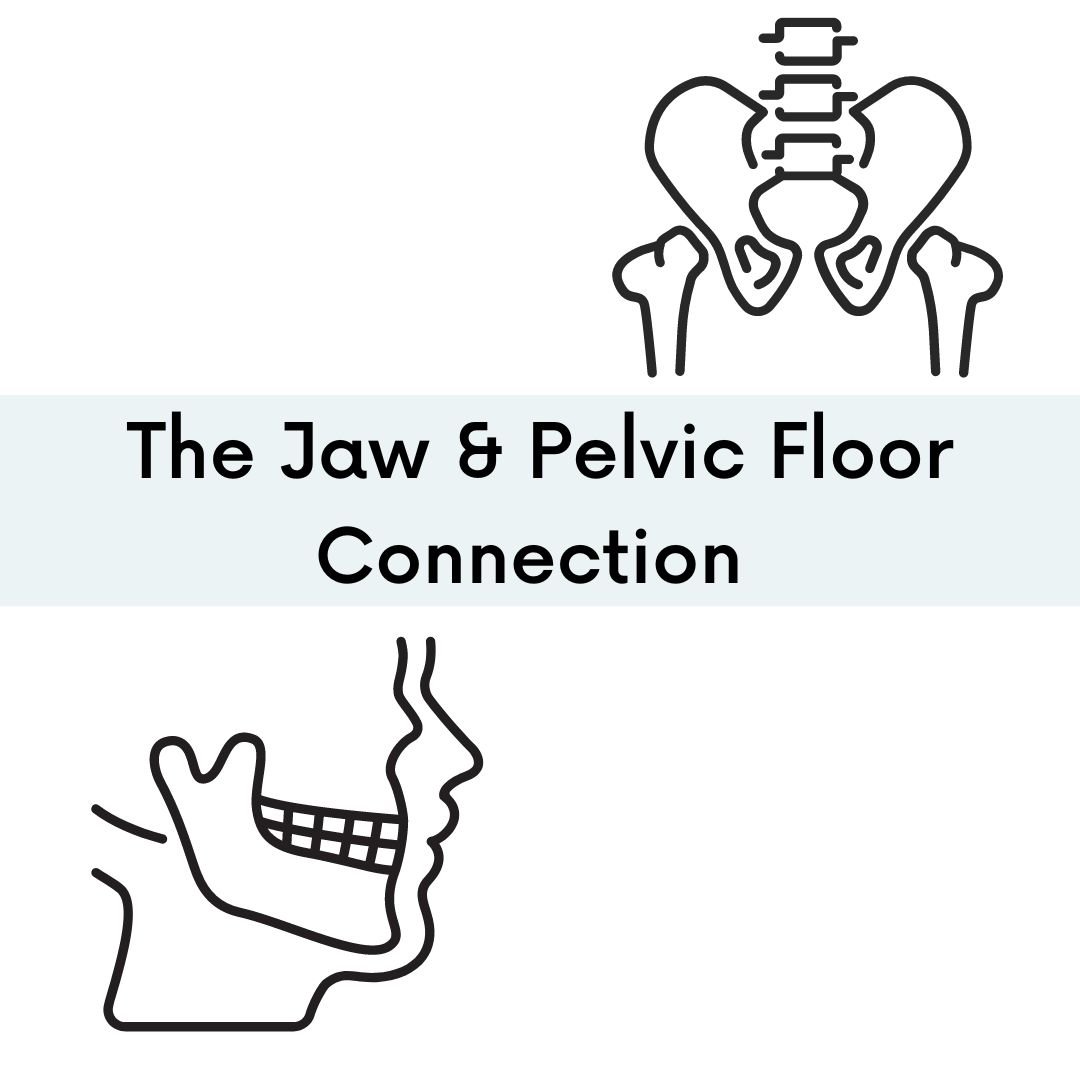The Jaw & Pelvic Floor Connection
Need help with your jaw or pelvic floor and can’t find the care you need? Not local to Minnesota? We can help you with our Virtual Wellness Consults! We meet with you on our secure virtual platform to help you understand what is going on and provide you with tools and strategies for relief.
Contact us by clicking the button below and let us know that you are interested in a “Virtual Wellness Consult”
Did you know that your jaw pain or tension could be related your pelvic floor pain?
Did you know that teeth grinding at night could be related your need to urinate frequently during the night?
Did you know your your incontinence could be related to tension in your jaw?
This is because the Jaw and the Pelvic Floor Muscles are connected!
At Awake Pelvic Health & Wellness, we have worked with many individuals who experience pelvic floor symptoms, but also have a long history of jaw pain (clenching, grinding, headaches). Once we start treating their jaw issues (through hands-on therapies and exercises), their pelvic floor symptoms start to dissipate as well. The jaw and the pelvis are physiologically connected and the alignment and relaxation of one deeply affects the other.
So you might ask, “how are these two areas of the body, that are far apart from each other, possibly connected?!”
Early Embryo connection-The jaw and pelvic connection starts at the embryological phase. The mouth and openings of the urinary, reproductive, and digestive tracts start to form early on, and they remain connected as the spine develops and grows.
Fascia tissue link- we have tissue in our body called “fascia”. This is a thin sheath that envelopes and holds our inner body together (this tissue sheath surrounds our muscles, organs, and bones). The deep front fascial line connects from the jaw to the pelvis. Physical therapists are uniquely trained to perform manual therapy and release to the fascia.
Midwives and Doula knowledge-midwives and doulas have known for a long time that encouraging women to sigh and relax their throat/jaw is a way to help release pelvic floor muscles tension to allow for an easier labor and delivery. Ina May Gaskin (natural childbirth educator), explains that if the jaw and throat are relaxed the buttocks and pelvic floor will be too.
Stress-reaction- when your body undergoes stress, trauma, or strong emotions, we get a physical response. Often times we will clench our buttocks, back, pelvic floor, jaw, and shoulders. Learning how to retrain the nervous system and release tension in these areas is key.
What can I do about my TMJ pain and Pelvic Floor tension?
Perform a jaw “rest position” throughout the day: Many of us clench our teeth through the day. Instead, try gently placing your tongue to the roof of your mouth, lips closed, and teeth slightly apart. Try to breathe through your nose.
Deep breathing: Practicing regular deep breathing through your nostrils can really help with TMJ pain. Focus on a slow 4 count inhale and a slow 4 count exhale.
Yoga poses: do poses that relax the jaw and the pelvic floor including pigeon pose, spinal twisting, neck stretches, and deep squats.
Posture work: Practice sitting and standing in more “neutral” posture positions, with shoulders gently held back, head stacked over your rib cage, not jutting your chin forward.
See a Pelvic Floor Physical Therapist! At Awake Pelvic Health & Wellness, we treat pelvic floor conditions holistically! Meaning that we look beyond your pelvis, and work on any and all areas of your body, including your jaw! We have specialty training in hands-on manual therapy for your jaw, face, and neck.
Ready to change your jaw or pelvic pain? We’d love to help! Call us at 651-432-0250 or click the button below to contact us and speak to a member of our team:



